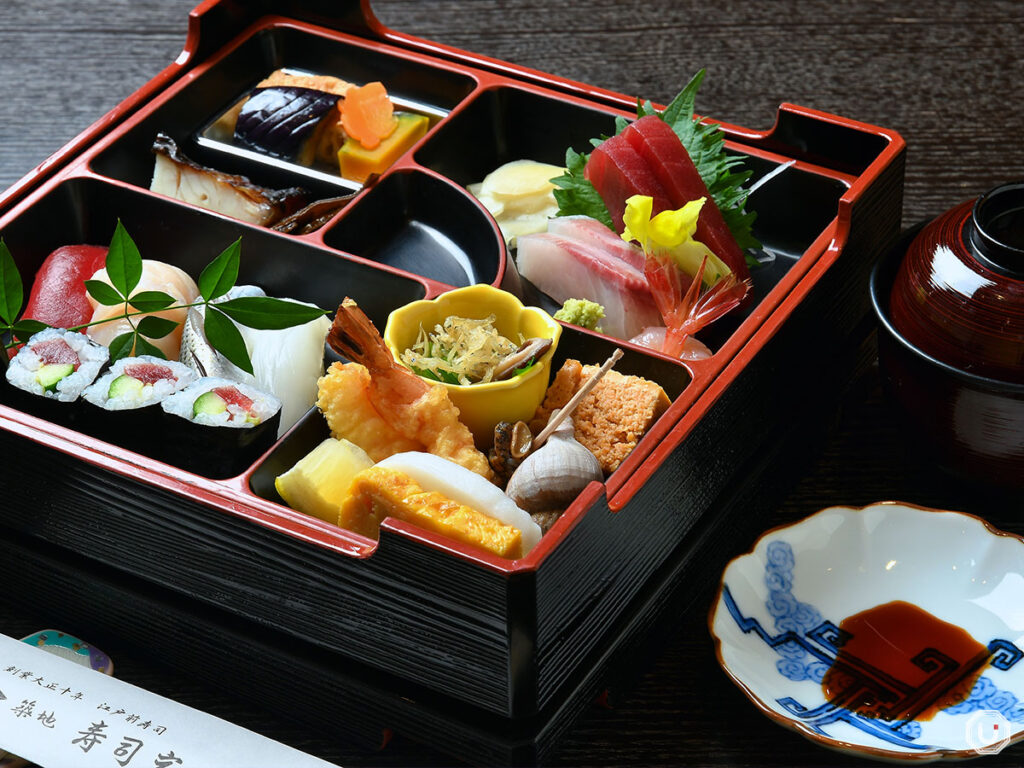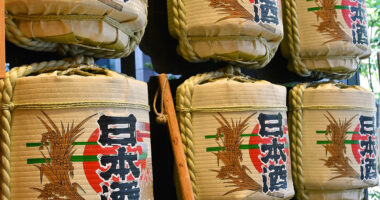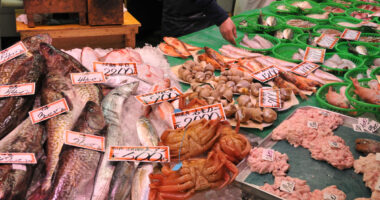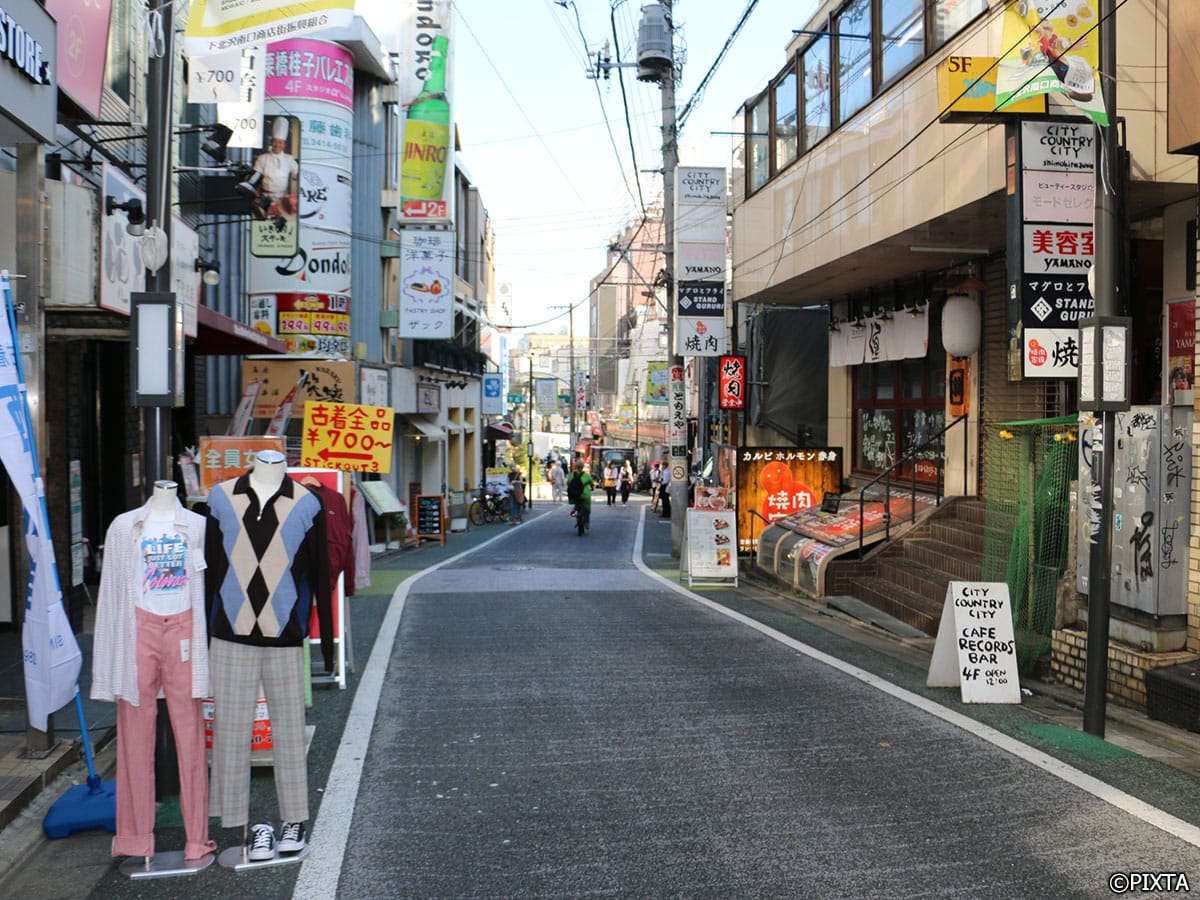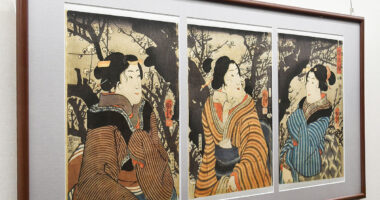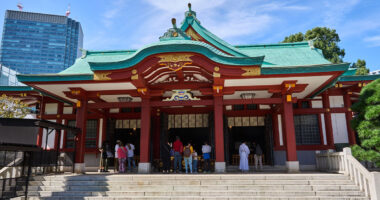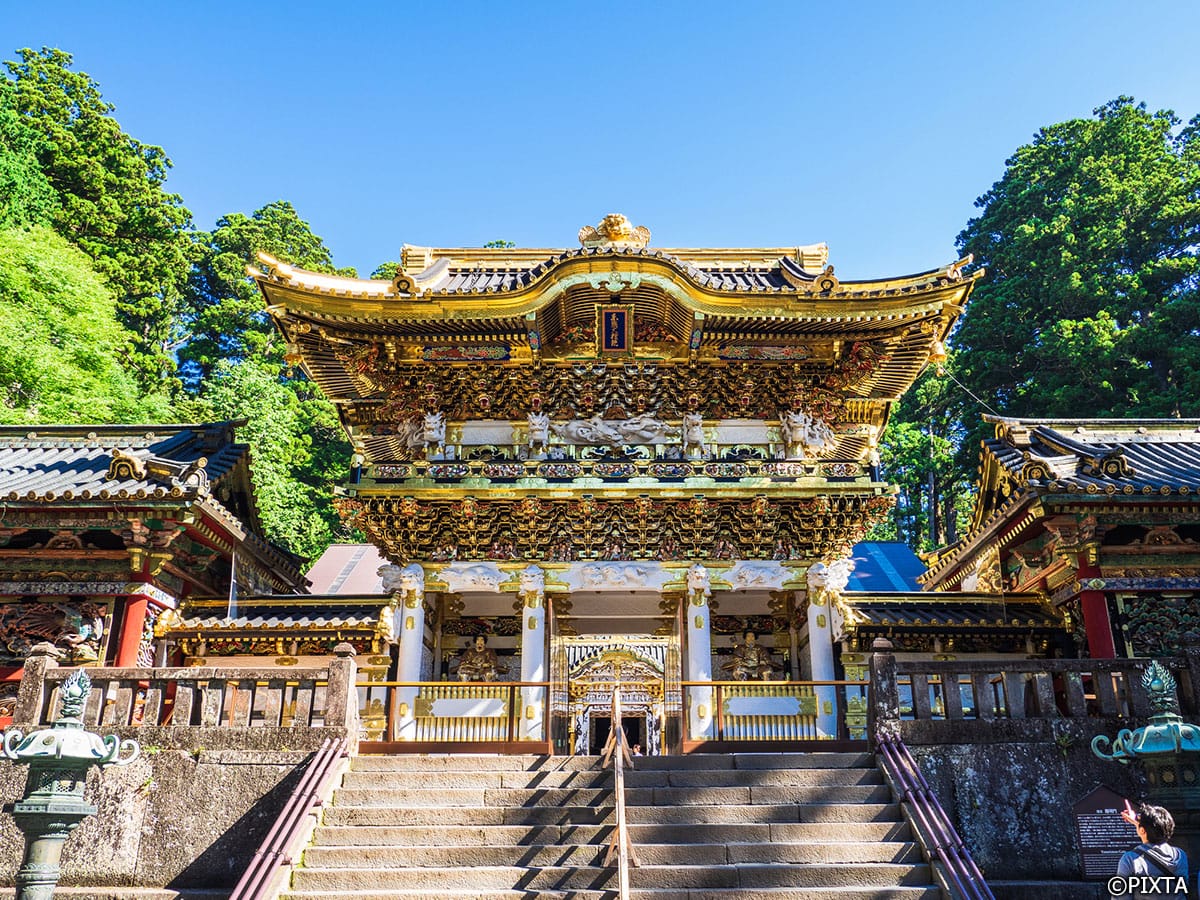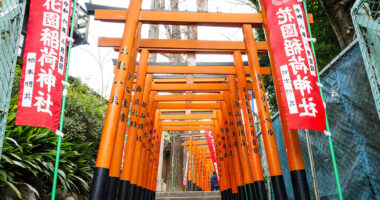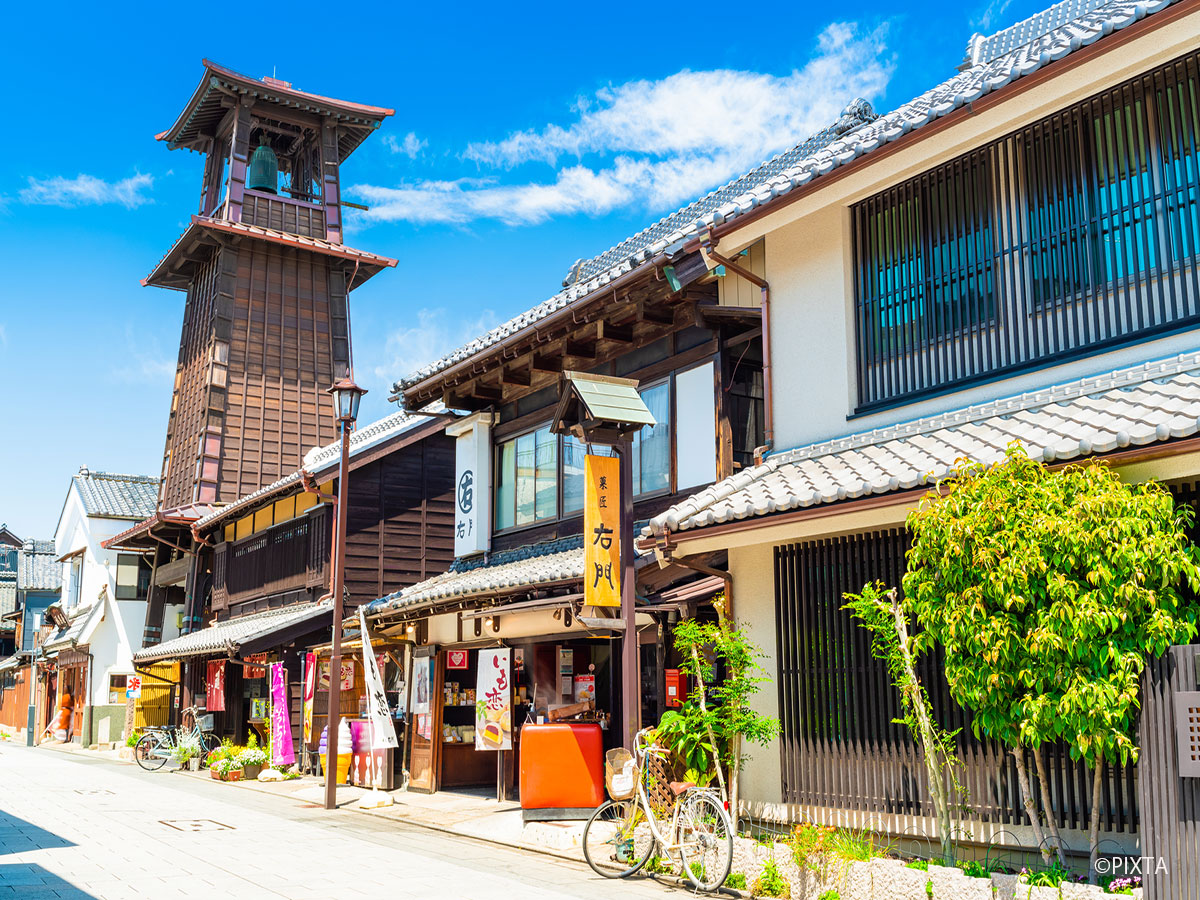Traditional Japanese food transcends mere cuisine, embodying an art form steeped in history and cultural depth. From seasonal ingredients and fermentation techniques to the ideal ichiju sansai (one soup, three dishes) meal structure, Japan’s culinary philosophy reflects a unique harmony.
To explore the full scope of Japanese food culture and must-try dishes for visitors, see our article, “The Charm of Japanese Food: Must-Eat Traditional Dishes and Their Features.”
Here, we delve into the origins, history, and allure of iconic traditional Japanese dishes.
Historical context and features of Japanese food culture
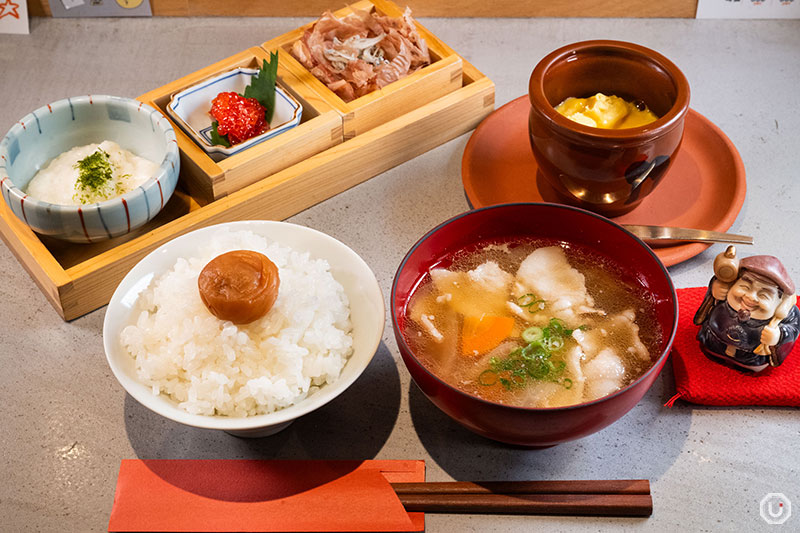
An example of the ichiju sansai concept at Ume to Hoshi in Asakusa
Understanding Japanese food culture requires tracing its historical roots. Evolving from the Jōmon period (c. 14,000 and 300B.C.)’s hunter-gatherer society, through the Yayoi period’s (c. 300 B.C. – 300 AD) rice cultivation, to Buddhist dietary restrictions, Japan’s cuisine has undergone centuries of transformation.
Rice culture and the rise of ichiju sansai
Japan’s food culture is rooted in the Yayoi period’s rice cultivation. Beyond a staple, rice has shaped Japanese spirituality and social structures. By the Heian period (794 to 1185), the ichiju sansai meal format emerged in court circles, balancing nutrition and aesthetics, a tradition enduring today.
Ichiju sansai isn’t just about dish count; it’s a holistic menu balancing ingredients and cooking methods. Centered on rice, the soup provides moisture and dashi’s umami, while three dishes offer protein, vitamins, and minerals—a structure modern nutrition validates.
Buddhism’s impact on food culture
Buddhism’s arrival in 538 revolutionized Japanese food culture. Its non-killing ethos led Emperor Tenmu to ban meat consumption in 675, shaping a cuisine centered on seafood and plant-based foods for 1,200 years.
Shōjin ryōri (Buddhist vegetarian cuisine) developed from this, using tofu, yuba, vegetables, and seaweed to balance nutrition and flavor without animal products, laying a technical foundation for Japanese cuisine.
Fermentation’s evolution
Japan’s humid climate fostered advanced fermentation techniques. Miso, soy sauce, sake, pickles, and natto—key to Japanese cuisine—were refined from the Nara (710 to 794) to Heian periods. These enhance preservation and generate umami, defining Japan’s deep flavors.
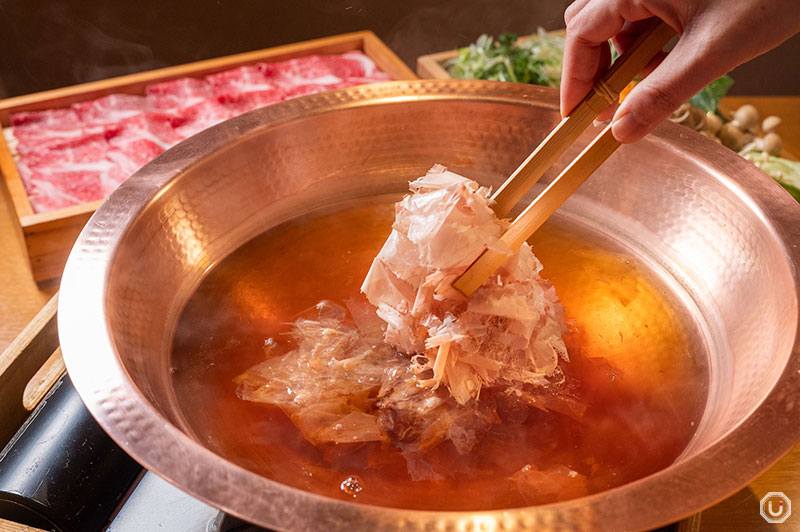
Dashi broth used at Okaka Shinjuku in Shinjuku
The dashi (broth) culture, using kombu (kelp), katsuobushi (bonito flakes), and shiitake mushroom, creates umami-rich broths that elevate simple ingredients, forming a cornerstone of Japanese cooking.
Iconic traditional Japanese dishes and their features
Japanese traditional foods have evolved uniquely through preparation and ingredients. Below, we explore key dishes, their histories, and characteristics.
| Dish | Origin Period | Main Features |
|---|---|---|
| Sushi | Heian | Vinegared rice with fresh seafood |
| Tempura | Azuchi-Momoyama (1573-1603) | Light batter highlighting ingredient flavors |
| Miso Soup | Kamakura | Fermented miso and dashi umami |
| Udon | Nara | Thick wheat noodles with regional dashi |
| Soba | Kamakura | Thin buckwheat noodles, health-focused |
Sushi’s history and evolution
Now globally beloved, sushi began as a fish preservation technique. In the Heian period, narezushi (fermented sushi) used salted rice to preserve fish. By the Edo period (1603 to 1868), vinegar-based hayazushi (quick sushi) led to Edomae-zushi (Edo-style sushi), combining Edo Bay’s fresh seafood with vinegared rice for flavor and preservation.
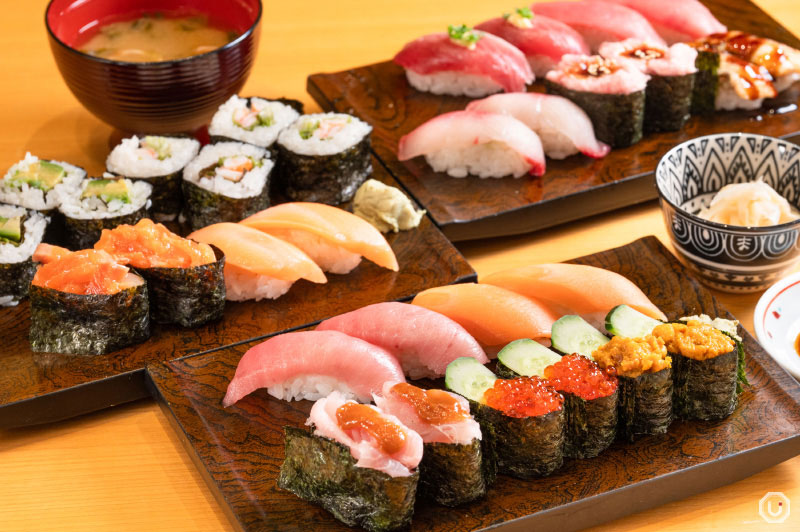
Sushi at Hina Sushi in Shinjuku
Edomae-zushi evolved into nigiri, maki (rolls), and chirashi-zushi (scattered sushi), each with distinct charm. Today, sushi celebrates seasonal seafood, deeply embedded in Japanese dining culture.
Tempura’s features and techniques
Tempura, introduced by the Portuguese in the 16th century, became uniquely Japanese. Its hallmark is a light batter and quick high-heat frying to preserve natural flavors. Made with flour, egg, and cold water, the batter is minimally mixed for a crisp texture.
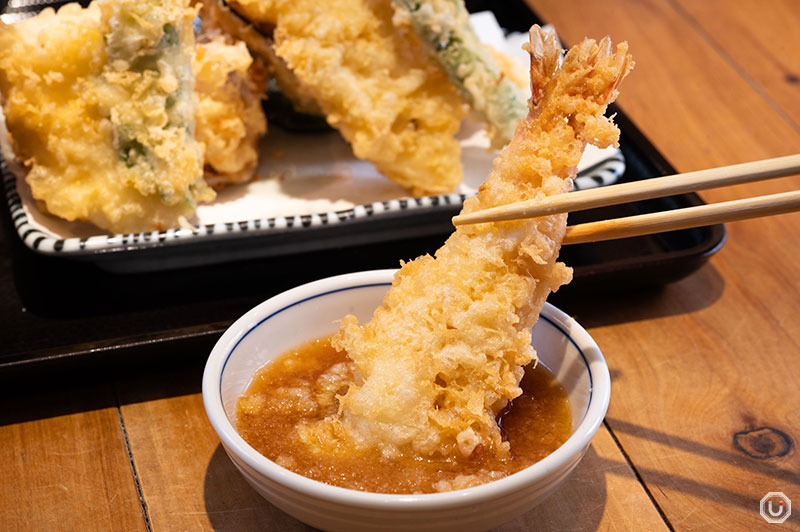
Shrimp tempura at Tenkichiya Shinjuku in Shinjuku
In the Edo period, tempura was a street food, featuring shrimp, sillago, conger eel, eggplant, sweet potato, and shishito peppers. Today, seasonal ingredients shine, highlighting natural sweetness and aroma.
Miso soup and dashi culture
Miso soup, vital to ichiju sansai’s “one soup,” is a Japanese table staple. Originating from Chinese jiang (fermented soybean paste, later known in Japanese as hishio) introduced during the Nara period (710–794), it took its modern form in the Kamakura period (1185–1333). Fermented soybean miso varies regionally—red, white, or blended—offering diverse flavors.
Dashi, made from konbu or katsuobushi, provides umami, enhancing ingredients with subtle seasoning. Ingredients like tofu, wakame (a type of seaweed), or negi (green onions) vary regionally, anchoring meals following the traditional format of ichiju sansai (one soup, three side dishes) with distinct miso flavors.
Udon and soba noodle culture
Japan’s noodle culture splits into udon and soba. Udon, from Chinese noodles in the Nara period, features thick wheat noodles. Soba, popularized by monks in the Kamakura period, uses thin buckwheat noodles.
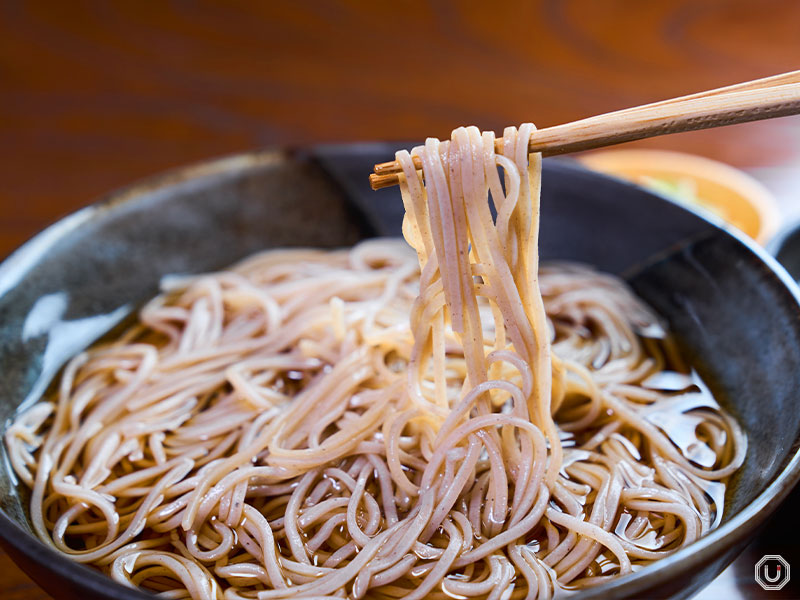
Chilled soba at Takahashiya
Both are served hot (“kake”) or cold (“mori”). Udon developed with gentle konbu-based dashi in Kansai, while soba thrived with robust katsuobushi dashi in Kanto. Regional dashi and seasonings reflect local diversity.
Regional and seasonal culinary focus
Japan’s food culture emphasizes regional diversity and seasonality, shaped by the archipelago’s varied climates and terrains.
Regional cuisine diversity
Japan boasts diverse regional cuisines, each reflecting local terroir and history. Hokkaidō’s seafood dishes, Tohoku’s rice and fermented foods, Kansai’s refined flavors, and Kyūshū’s sweet soy-based cooking showcase unique characteristics.

Hokkaido crab hot pot at Kanijigoku in Shimbashi
These cuisines maximize local ingredients and adapt to climate or preservation needs—snowy regions developed preserved foods, while coastal areas highlight fresh seafood, tying cuisine to nature.
Seasonality and ingredients
Seasonality is central to Japanese cuisine. The concept of shun (peak season) uses the freshest ingredients, engaging taste, sight, and smell. Spring’s wild vegetables, summer’s ayu, autumn’s matsutake, and winter’s nabe reflect seasonal cycles.
This seasonal focus ties to Japan’s reverence for nature, making seasonal shifts part of dining’s joy. Seasonal plating and dishware further enhance the experience.
Festival foods and traditions
Japanese cuisine ties special dishes to annual events. Osechi (traditional New Year’s dishes), chirashi-zushi for Girl’s Day in early spring, kashiwa mochi (soft rice cakes wrapped in oak leaves) for Boy’s Day in late spring, and shōjin ryōri for the Bon Festival in summer carry symbolic meanings.
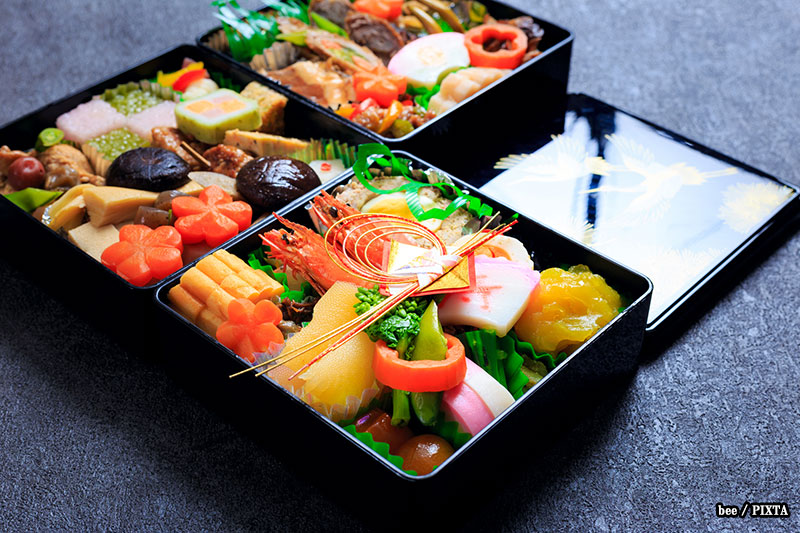
Beautifully arranged osechi (photo for illustrative purposes)
Osechi is iconic, with dishes like black beans (symbolizing “diligence”), herring roe (symbolizing “prosperity”), and dried sardines (symbolizing “bountiful harvest”) embodying New Year wishes.
Modern culinary techniques and ingredients
Traditional Japanese techniques and ingredients remain vital to modern cuisine, underpinning its enduring appeal.
Fermentation and seasonings
Many Japanese seasonings stem from ancient fermentation techniques. Soy sauce requires over a year of fermenting soybeans and wheat with kōji (a beneficial grain culture), a craft passed down generations.
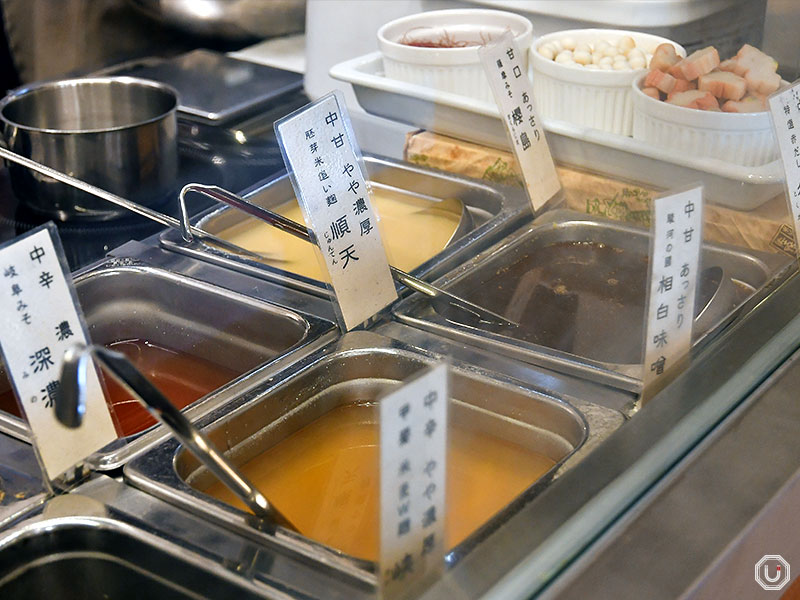
Sample of different miso types available at Miso Soup Cafe Ajien in Tokyo
Miso, varying by region (red, white, barley), offers unique flavors and nutrition, gaining modern attention for gut health benefits.
Dashi techniques and umami
Dashi’s technique, scientifically praised, combines ingredients like kombu, katsuobushi, and shiitake for synergistic umami. It enhances natural flavors without heavy seasoning, defining Japanese cuisine’s subtlety. From fine dining to home cooking, dashi remains a core skill.
Seafood utilization
As an island nation, Japan excels in seafood techniques. Sashimi and sushi maximize fresh fish flavors, while grilling, simmering, or steaming diversify preparations.
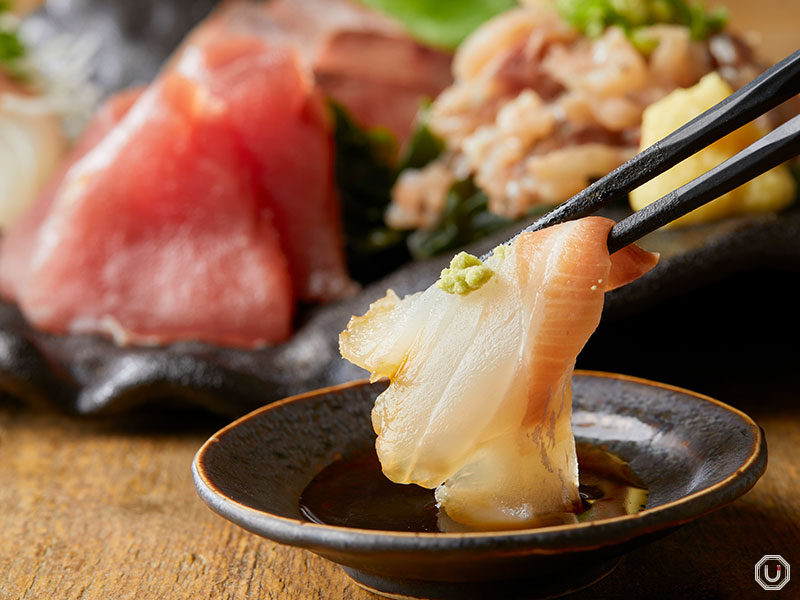
Sashimi served at Imagawa Syokudō Nishi-Shinjuku in Shinjuku
Katsuobushi production—boiling, smoking, and molding bonito—is complex, yielding a preservable, umami-rich dashi base central to Japanese flavors.
Experiencing Japanese food culture as a visitor
To deeply enjoy Japan’s traditional foods, visitors can focus on key experiences to appreciate its cultural richness.
Street food delights
Takoyaki (sometimes translated as “octopus dumplings) and yakitori (chicken skewers) are perfect for casual food tours, rooted in Edo-period street stall culture. Found at festivals, fairs, or shopping streets, they offer a taste of everyday Japanese life.
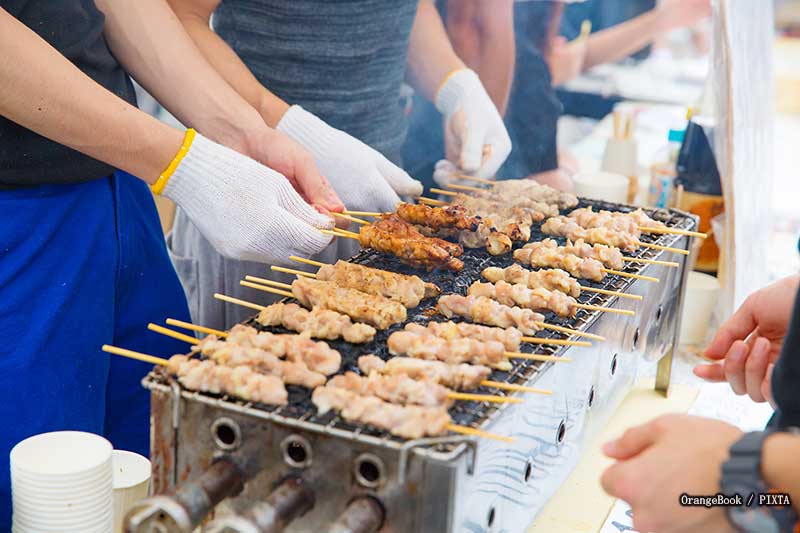
Yakitori grilled at a summer festival (photo for illustrative purposes)
Okonomiyaki (a savory pancake-like dish) and gyoza dumplings, reflecting regional styles, blend homely warmth with unique techniques, ideal for sampling in tourist spots or local markets.
Seasonal dining experiences
Embracing seasonal ingredients deepens cultural understanding. Spring’s sansai (mountain vegetables) or sakuramochi (a mochi rice cake sweet wrapped in a pickled cherry leaf), summer’s cold soba or ayu (Japanese sweetfish), autumn’s matsutake mushroom rice, and winter’s nabe (Japanese hot pot) such as oden (nabe featuring various ingredients simmered in a seasoned dashi broth) offer distinct flavors.

Oden types at Oden Kappou Hide
Eating seasonally connects you to Japan’s harmony with nature. Seasonal variations in ingredients or preparations add unique charm to each visit.
Regional flavor diversity
Exploring regional differences enriches food tours. Even the same dish varies—Kansai’s light kombu-based udon dashi contrasts Kanto’s robust katsuobushi base.
From Hokkaido’s seafood to Kyushu’s sweet soy flavors, tasting regional cuisines reveals Japan’s cultural diversity.
Conclusion
Traditional Japanese food is a cultural heritage shaped by centuries of history. From rice-based meals rooted in Yayoi culture, Buddhist-influenced shōjin ryōri, fermented seasonings, and seasonal dishes, it forms modern Japanese cuisine’s foundation.
Sushi, tempura, miso soup, udon, and soba, each with unique histories and techniques, remain daily staples, reflecting Japan’s nature-centric philosophy and aesthetics.
Visitors are encouraged to savor these dishes while contemplating their cultural and historical roots. By embracing regional and seasonal nuances, you’ll unlock a deeper, unforgettable Japanese food experience.
